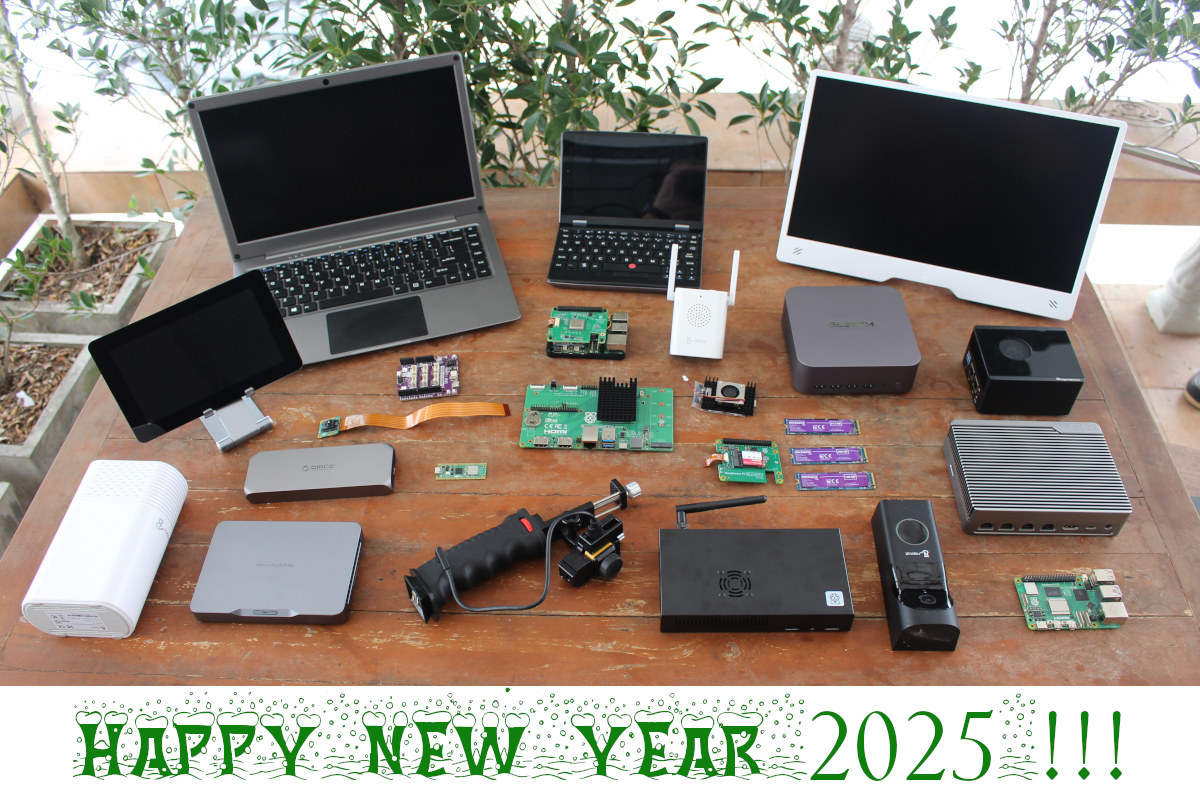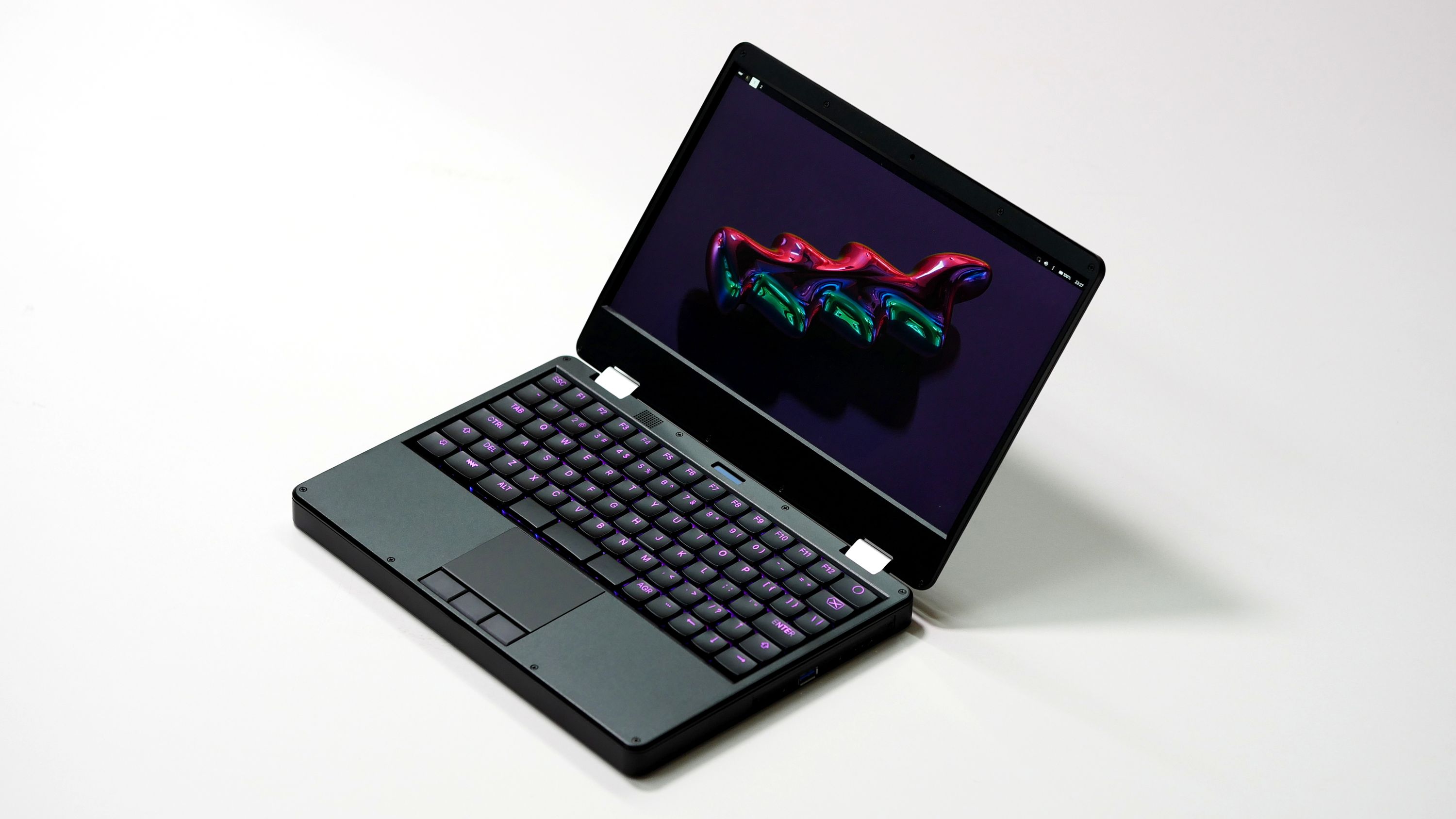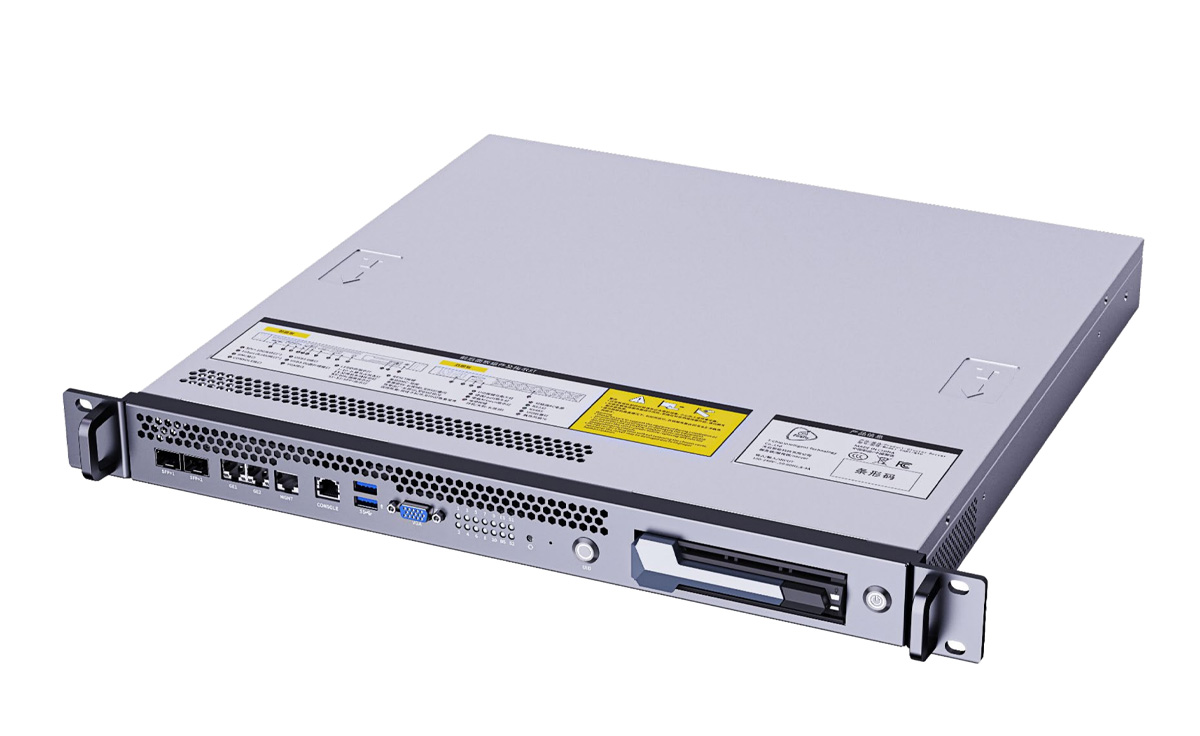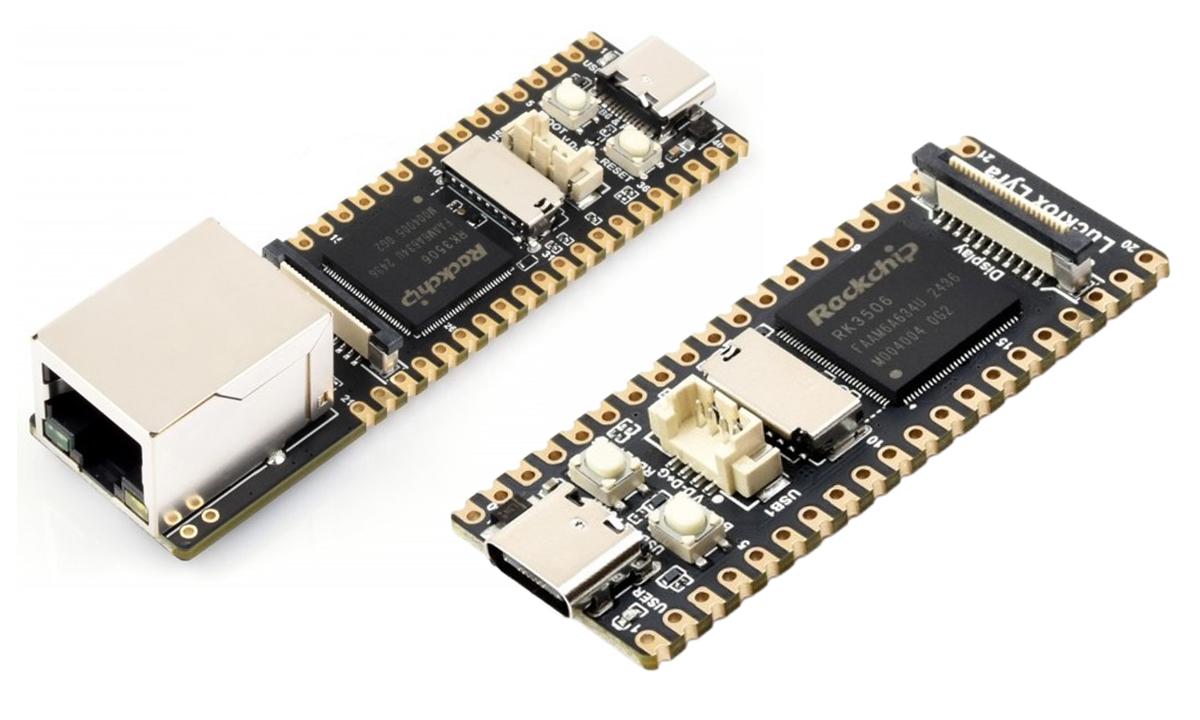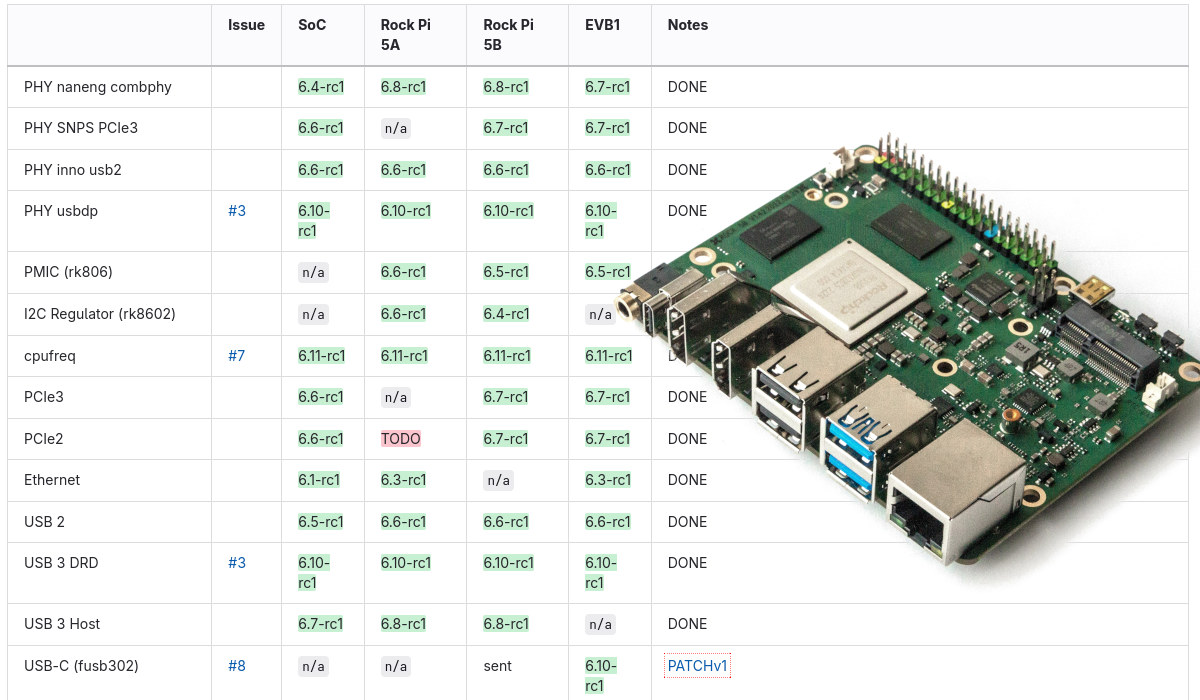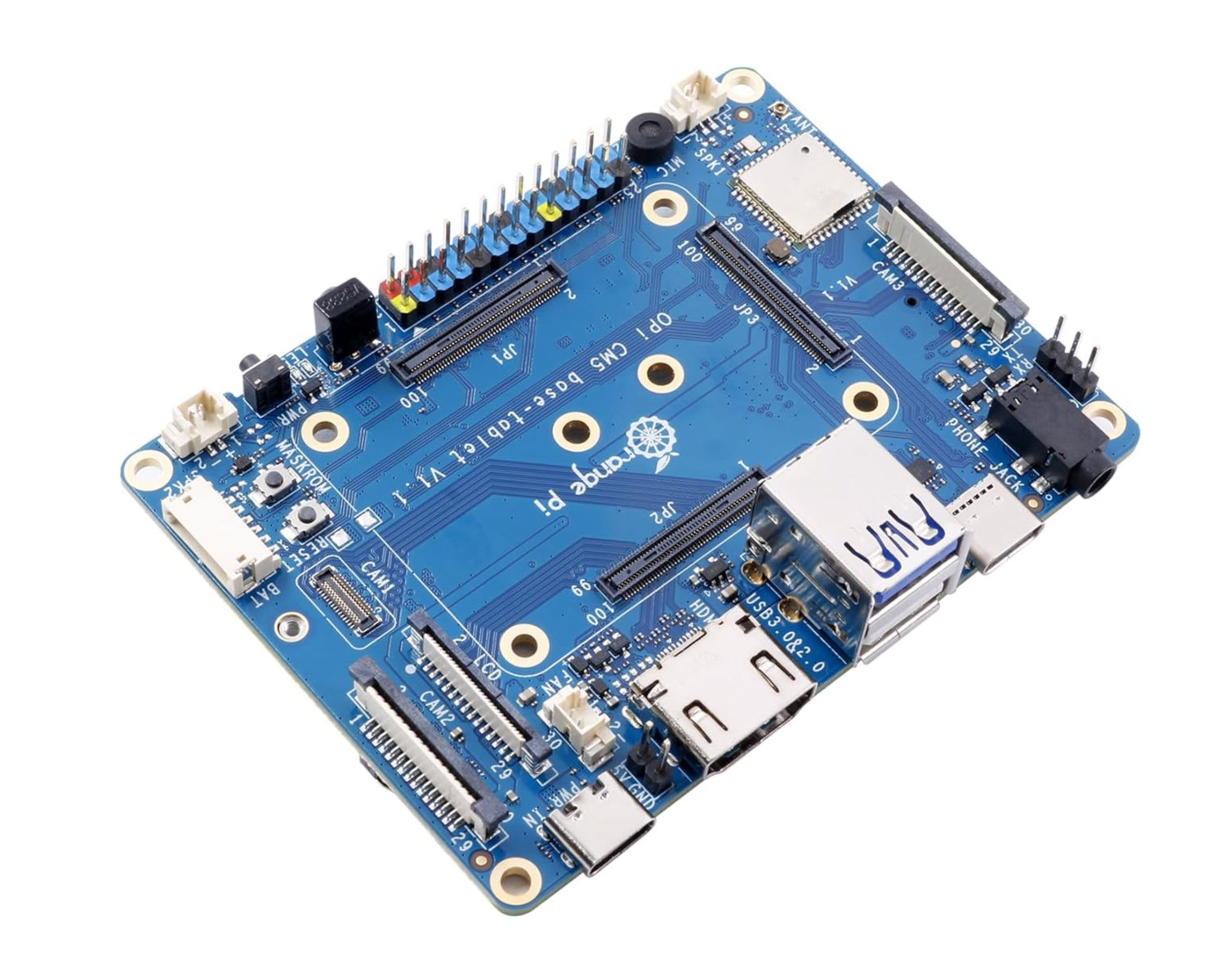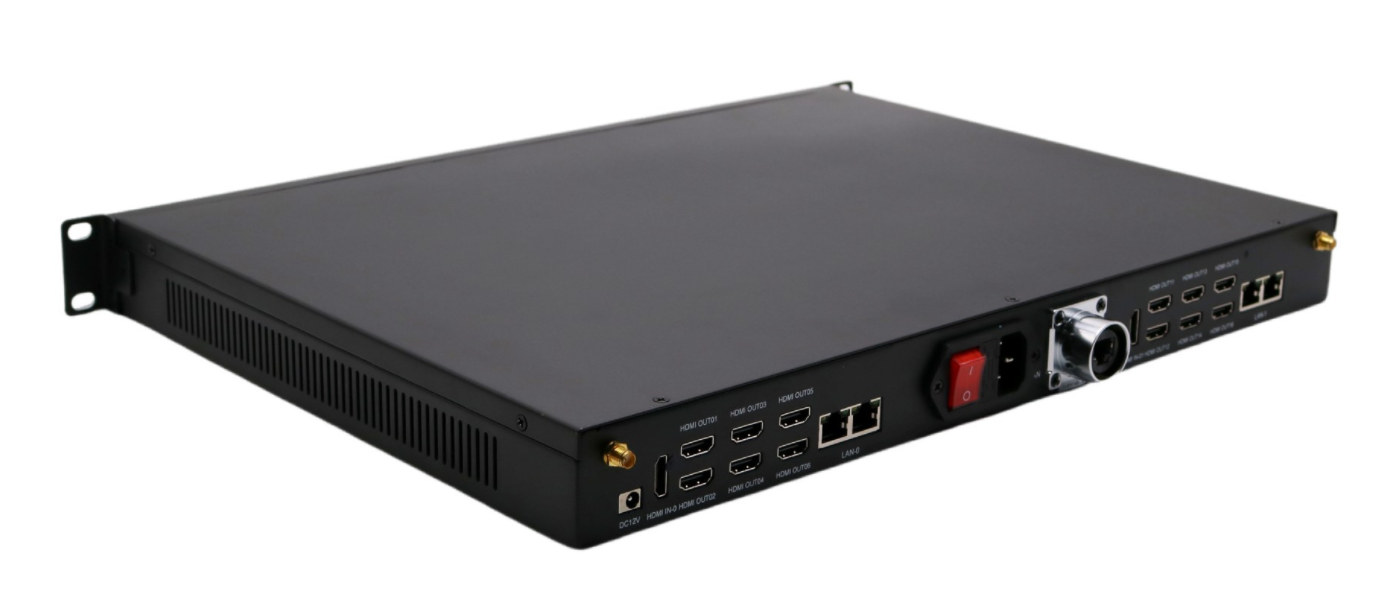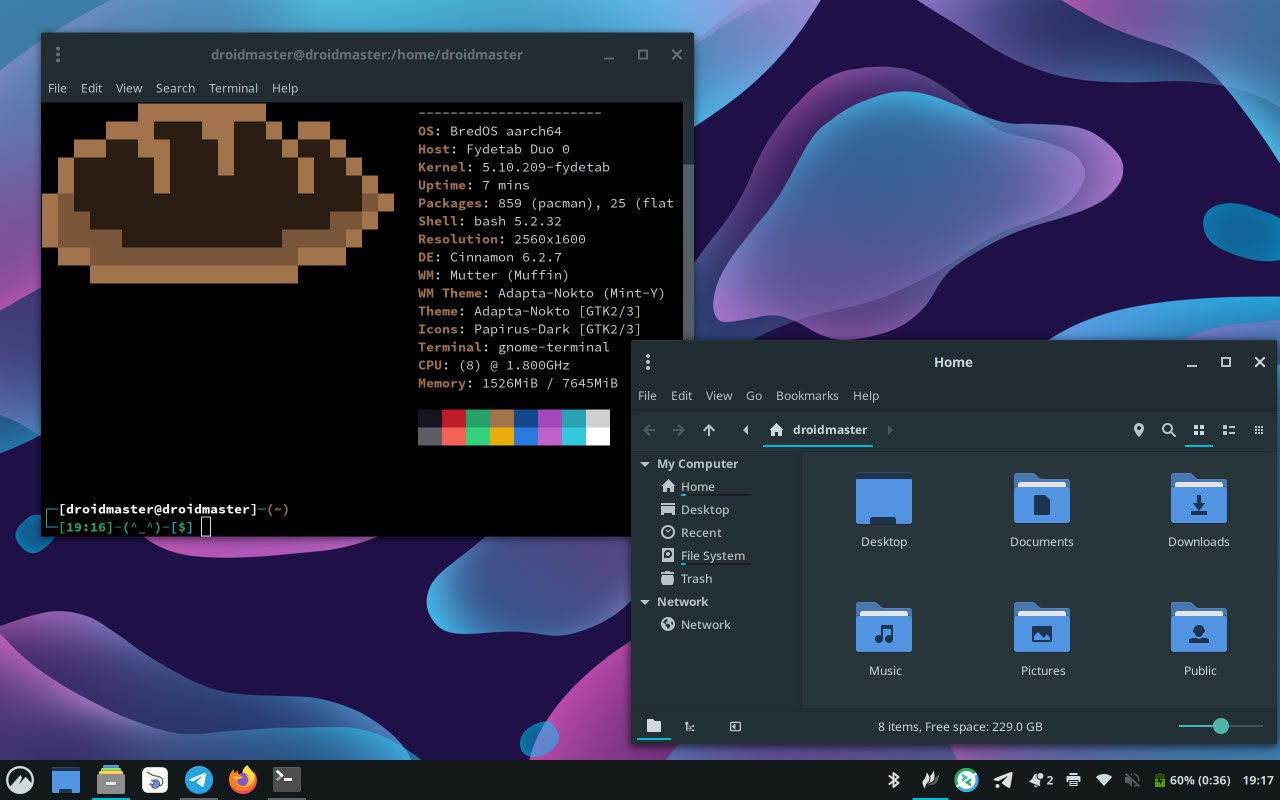That’s it! 2024 is almost over, and it’s time to reflect on what happened during the year. So I’ll look at the highlights of 2024, share some CNX Software website traffic statistics, and speculate on what may be ahead of us in 2025. Looking back at 2024 Raspberry Pi was super active this year with 22 product launches that included boards and modules like the Raspberry Pi 5 with 2GB RAM, Raspberry Pi Pico 2 and Pico 2 W, Raspberry Pi CM5, expansion modules like the Raspberry Pi AI camera, AI HAT+, and M.2 HAT+, new accessories such as the Raspberry Pi Touch Display 2 and the Raspberry Pi Monitor, and the new Raspberry Pi 500 keyboard PC among others. As usual, there was also plenty of announcement of accessories from third parties, and some boards with the new Raspberry Pi RP2350 Arm/RISC-V microcontroller. There weren’t any ground-breaking Arm processors […]
MNT Reform Next is an open-source, RK3588-powered modular 12.5-inch laptop (Crowdfunding)
The MNT Reform Next brings the Rockchip RK3588 processor to the modular laptop series. It retains the open-hardware nature of the older MNT Reform and introduces a lighter and more modular design, complete with a much faster processor. The MNT Reform Next separates the three port boards from the main motherboard, allowing for greater customization and modification than its predecessors. The standard processor module (RCORE) can be swapped with other modules such as the Raspberry Pi CM4, as well as NXP i.MX 8M Plus, NXP LayerScape 1028A, and AMD Kintex-7 FPGA modules. Like the classic MNT Reform and the MNT Pocket Reform, the enclosure for the Reform Next is milled from anodized, bead-blasted aluminum. Apart from being repairable and customizable, the RK3588 modular laptop is powerful enough to be a daily driver for browsing, writing, programming, gaming, graphics design, sound creation, and video editing. MNT Reform Next specifications: SoM SoC […]
Firefly’s CSB1-N10 series AI cluster servers can deliver up to 1000 TOPS of AI power with Rockchip or NVIDIA Jetson Modules
Firefly has recently introduced the CSB1-N10 series AI cluster servers designed for applications such as natural language processing, robotics, and image generation. These 1U rack-mounted servers are ideal for data centers, private servers, and edge deployments. The servers have multiple computing nodes, featuring either energy-efficient processors (Rockchip RK3588, RK3576, or SOPHON BM1688) or high-performance NVIDIA Jetson modules (Orin Nano, Orin NX). With 60 to 1000 TOPS AI power, the CSB1-N10 servers can handle the demands of large AI models, including language models like Gemma-2B and Llama3, as well as visual models like EfficientVIT and Stable Diffusion. CSB1-N10 series specifications All CSB1-N10 AI servers have the same interfaces, and the only differences are the CPU, memory, storage, multimedia, AI capabilities, and related software support. So it’s likely Firefly has made Rockchip system-on-modules compatible with NVIDIA Jetson SO-DIMM form factor, and indeed we previously noted that Firefly designed Core-1688JD4, Core-3576JD4, or Core-3588JD4 […]
Luckfox Lyra boards feature Rockchip RK3506G2 triple-core SoC, display interface, optional Ethernet port
The Luckfox Lyra boards feature a Rockchip RK3506G2 triple-core Arm Cortex-A7 SoC with one Cortex-M0 real-time core, 128MB on-chip DDR3, a MIPI DSI display interface, and built on a 22nm process. Three versions are available with the Luckfox Lyra, Lyra B (with 256MB flash), and Luckfox Lyra Plus offering similar features, but the longer Plus model also adds a 10/100Mbps Ethernet RJ45 connector besides having 256MB SPI NAND flash. These are Luckfox’s first boards featuring the RK3506G2 processor, offering Ethernet connectivity and a display interface. But it’s not quite the first Arm Linux board from the company with Ethernet and a display interface, and we covered the Luckfox Pico Ultra micro development board all based on a Rockchip RV1106G3 SoC earlier this year. The company also introduced the similar-looking LuckFox Pico Pro and Pico Max boards powered by an RV1006G2 SoC in February, but instead of a display interface, they […]
Rockchip RK3588 mainline Linux support – Current status and future work for 2025
The Rockchip RK3588 is one of the most popular Arm SoCs for single board computers, and while good progress has been made with regards to mainline u-boot and Linux support, the SoC is quite complex and it takes time to port all its features even though it was first teased in 2020 and the first Rockchip RK3588 SBCs were introduced in 2022. While the simpler Rockchip RK3566 and RK3568 SoCs are already fairly well supported in mainline Linux, more work is needed to upstream code, and as noted before in posts and comments here, Collabora keeps track of the status on Gitlab, and the company recently posted an article about the progress and future plans related to upstream Linux support for Rockchip RK3588. Rockchip RK3588 mainline Linux progress in 2024 Linux 6.7 kernel – Network support on the Radxa ROCK 5B using a 2.5GbE PCIe controller. Linux 6.8 kernel – […]
Orange Pi CM5 “Tablet” Base Board drops Ethernet for WiFi 5, adds battery support, M.2 socket, 26-pin GPIO header…
The Orange Pi CM5 was launched as an alternative to Raspberry Pi CM4/CM5 last July with a Rockchip RK3588S octa-core Cortex-A76/A55 SoC, up to 16GB LPDDR4x, 256GB eMMC flash, and three board-to-board connectors maintaining partially compatibility with the Raspberry Pi Compute Module 4. At the time, Orange Pi also introduced the Orange Pi CM5 Base Board with HDMI 2.1, one Gigabit Ethernet port, two 2.5GbE ports, USB 3.0/2.0 ports, four camera connectors, and more. The company has now launched the Orange Pi CM5 “Tablet” Base Board without Ethernet ports, making use of WiFi 5 and Bluetooth 5.0 for networking instead. It keeps many of the same features but adds a 26-pin GPIO header, an M.2 Key-M socket for SSD storage, DP 1.4 and MIPI DSI display interfaces, and various audio interfaces. However, it does with “only” three camera interfaces. It’s quite thick to be used in a typical tablet, but […]
Mekotronics R58-HD-1U digital signage player supports 12 HDMI outputs, video walls using three Rockchip RK3588 SoCs
Mekotronics R58-HD-1U is a digital signage player with 12 independent HDMI outputs implemented through three Rockchip RK3588 SoCs, housed in a 1U standard chassis, and mostly designed for video walls and other applications where multiple displays are close to each other. Each Rockchip RK3588 processor is coupled with up to 16GB RAM and 128GB eMMC flash, and the system also offers two HDMI inputs, five Ethernet ports, WiFi 6 and Bluetooth, and seven USB ports for expansion. Mekotronics R58-HD-1U specifications: SoCs – 3x Rockchip RK3588 each with CPU – Octa-core processor with 4x Cortex-A76 cores @ up to 2.4 GHz, 4x Cortex-A55 cores @ up to 1.8 GHz GPU – Arm Mali-G610 GPU with OpenGL ES 3.2, OpenCL 2.2, and Vulkan 1.2 support VPU 8Kp60 video decoder for H.265/VP9 codecs 8Kp30 video decoder for H.264 codec 4Kp60 video decoder for AV1 codec Multi-channel decoder in parallel AI accelerator – 6 […]
BredOS Arch Linux Arm distribution runs on Rockchip RK3588 single board computers
BredOS is a Linux distribution based on Arch Linux Arm and optimized to run on Rockchip RK3588/RK3588S single board computers (SBCs) with current support for 22 boards from Radxa, Orange Pi, Khadas, and others. Board vendors will usually provide OS images for their SBCs, but the quality and support may be limited, so projects like Armbian and DietPi are maintaining Ubuntu and/or Debian images for popular single board computers. But if you’re an Arch Linux (Arm) fan, there are fewer choices, and you may have to roll your own port for your board. BredOS provides an easy-to-use alternative based on Arch Arm Linux. BredOS highlights (provided by the developers): User-Friendly Interface – A simplified and intuitive user interface for easy navigation and use. Arch-Based – Built on top of Arch Linux, ensuring access to a vast repository of packages and a rolling release model. Arm Support – Optimized for Arm-based […]


